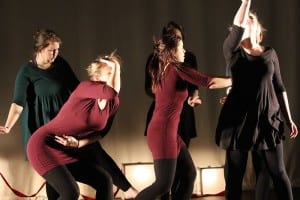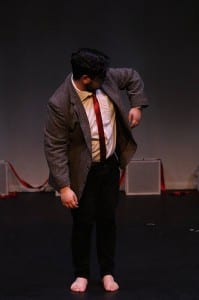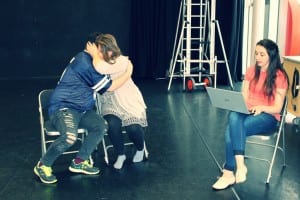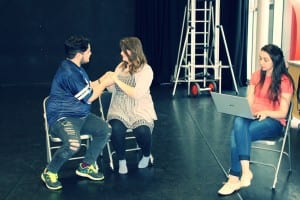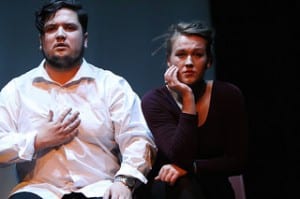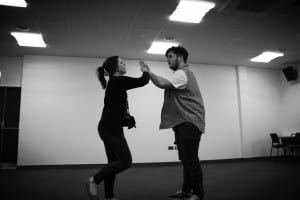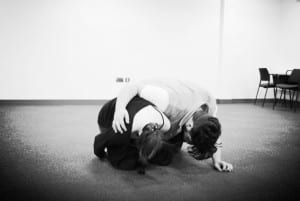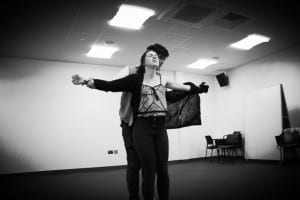We did it! After months of lengthy rehearsals consisting literally of blood, sweat and tears… ‘The Man Whose Memories Fell Out’ somehow made it to the LPAC stage and I still cannot quite believe it’s all over. It’s been an experience like no other, and the response received by the audience was one we could have only dreamed of. A performance we had become so caught up in working on for the past five months came to life on stage and transfixed our audience’s attention for the entire 45 minutes; from the moment the lights went up to the moment they faded down. Moments of silence within the performance no longer came across as lengthy and awkward, instead they only added to the haunting atmosphere, which in turn tugged away at our audience’s heart strings. The moment the lights went down and the performance began the audience became captivated by the collaboration of music, movement, lighting, text, projection and the powerful narrative of a man suffering from a rare condition known as Encephalitis.
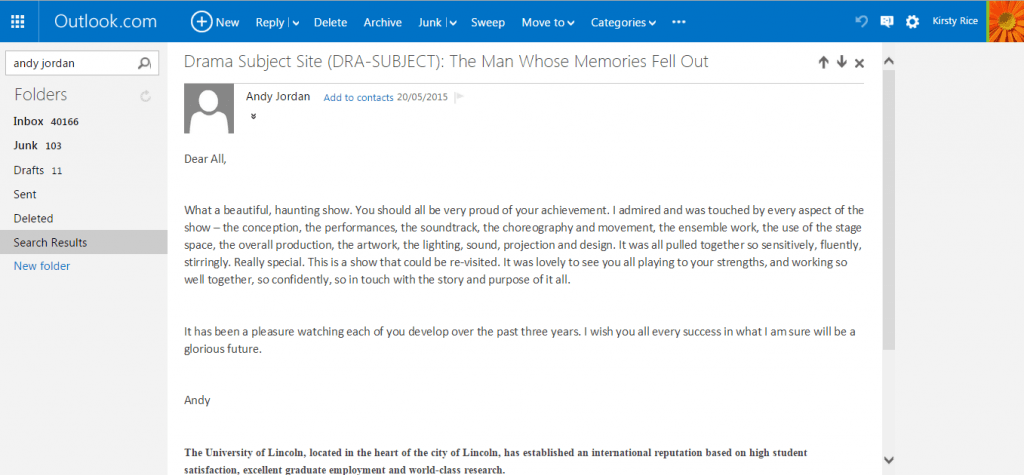
The day of the performance ran as smoothly as our stage manager could have wished for. The set although minimal was still visually pleasing to the eye, with white wooden box frames encased in sheet music scattered lower down stage left and right and upstage centre. The day of the show was the first time the company were introduced to the completed boxes, so initially we were all particularly wary of how they would look on stage and if they would in fact be more of a hindrance than a help to our concept. However they presented the show’s theme of music beautifully and were no issue in hanging them from the rig to create levels.
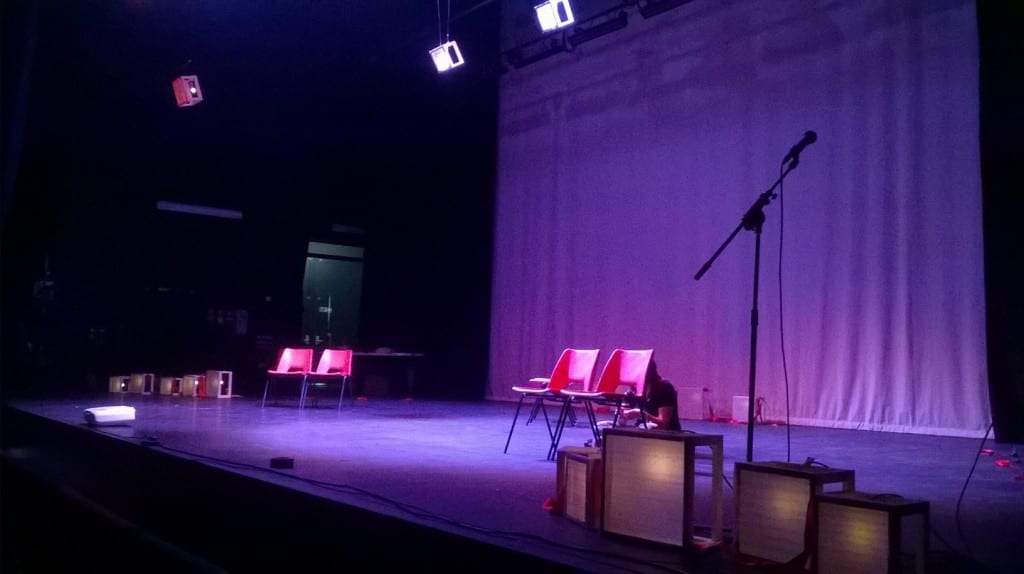
The day before the show our director acknowledged us of how he envisioned the pre-set; he reiterated the point that with all performers on stage during the entirety of the performance, it made sense for us to be on stage the moment the audience walked into the auditorium. The pre-set was able to identify to the audience early on that we are a contemporary theatre company, whom doesn’t conform to traditions the stage set. Unlike most performances, our show has already begun once the audience members enter the auditorium doors.
Seeing the audience fill up was overwhelming, we did not expect to reach an audience capacity of 152, but it seems our marketing throughout the week on social media had made a huge impact on the amount of seats we sold on the day.
As a performer this was my first ever physical theatre piece, so I was unbelievably nervous. Would I remember all the choreography? Would we all be in time as an ensemble? Would the music and the movement combined transport our audience on an emotional journey? Or would it all just fall flat? As soon as we all took our seats in the pre-set there was no going back. Not being able to leave the stage worked in our favour, as the performance kept to a consistent rhythm and allowed for it to flow so naturally into the next scene. This was something I had never done up until now so it did worry me to begin with, as it meant as performers we had to know the running order backwards as well as be engaged with the performance even when we weren’t in a particular scene. Concentration and focus was the key to success. With the performance being so heavy in movement it also meant as performers we had to be aware of breath, as there was no opportunity for us to go off stage and catch our breath, overall it became a more tiring experience but a technique that more than worked in the show’s favour.
Thank you for following us on this amazing journey, who knows what’s next for the cast of Fill In The Blank, but what is for certain is this show will forever stay locked away as one of my proudest and most happiest memories. Until next time..
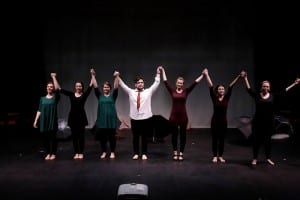
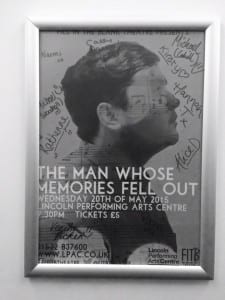
Works Cited:
Crow, P. (2015) The Man Whose Memories Fell Out [Taken] 20th May.
Rice, K. (2015) The Man Whose Memories Fell Out [Taken] 20th May.
Woodhall, M. (2015) Pre-set [Taken] 20th May.
